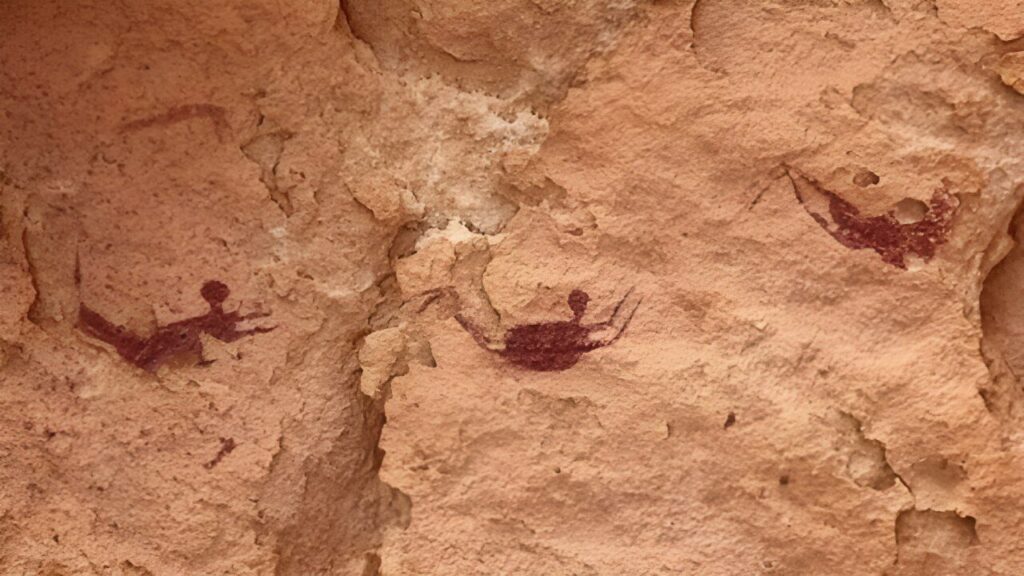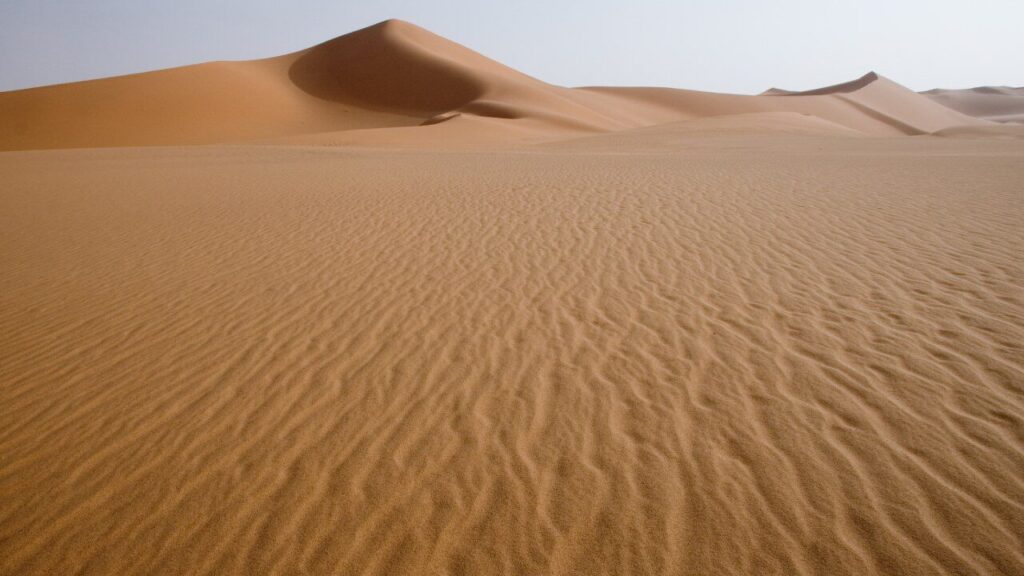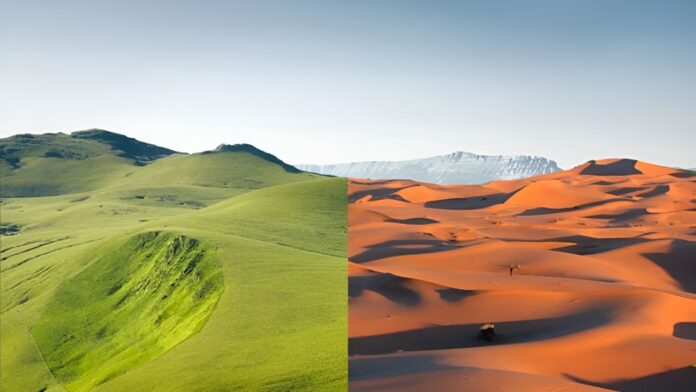When we think of deserts, we often picture the vast, endless sand dunes of the Sahara Desert. Popular culture, through movies and TV shows, has reinforced this imagery. But what if we told you that the Sahara has the potential to turn green every 21,000 years? The idea of a lush, verdant Sahara may seem far-fetched, but there’s scientific evidence to support it. Here’s what you need to know about this surprising transformation.

The Sahara’s Ancient Green Periods
Today, the Sahara Desert spans approximately 9.2 million square kilometers, filled with vast stretches of sand. However, beneath these dunes, scientists have found evidence of ancient water sources. In 2010, researchers discovered a prehistoric mega-lake in the region, which formed around 250,000 years ago when the Nile River overflowed into the low-lying Tushka Valley.
Archaeological findings suggest that the Sahara was once a much different place. The “Cave of Swimmers,” an archaeological site in the Sahara, features rock art depicting people swimming. These ancient drawings indicate that there might have been lakes in this region long ago.

The Sahara’s Transformation After the Last Ice Age
After the last Ice Age, around 11,000 to 5,000 years ago, the Sahara underwent a significant transformation. Increased rainfall and expanding vegetation turned the sand dunes into lush grasslands, creating lakes in existing depressions. Nearly 9 million square kilometers of North Africa became green during this period.
Earth’s Tilt and the Sahara’s Greening
The greening of the Sahara is linked to changes in Earth’s axial tilt. About 8,000 years ago, Earth’s tilt shifted from an average of 24.1 degrees to the current 23.5 degrees. This shift resulted in increased solar radiation in the northern hemisphere, strengthening the African monsoon.
As a result, increased heat in the Sahara created a low-pressure system that carried moisture from the Atlantic Ocean into the arid desert, providing enough moisture to turn the Sahara green.
Could the Sahara Turn Green Again?
Due to cyclic changes in Earth’s tilt, the Sahara could turn green again in the future. However, such transformations occur over thousands of years, making it unlikely that we would witness it in our lifetimes. Still, the potential for a green Sahara illustrates the complex dynamics of Earth’s climate cycles.
Conclusion
The notion that the Sahara Desert could turn green every 21,000 years challenges our conventional perception of deserts. This natural event is a striking example of how Earth’s climate cycles and geological changes can dramatically alter landscapes. The Sahara’s green periods also serve as an important reference point for understanding how climate change can impact desert ecosystems.

